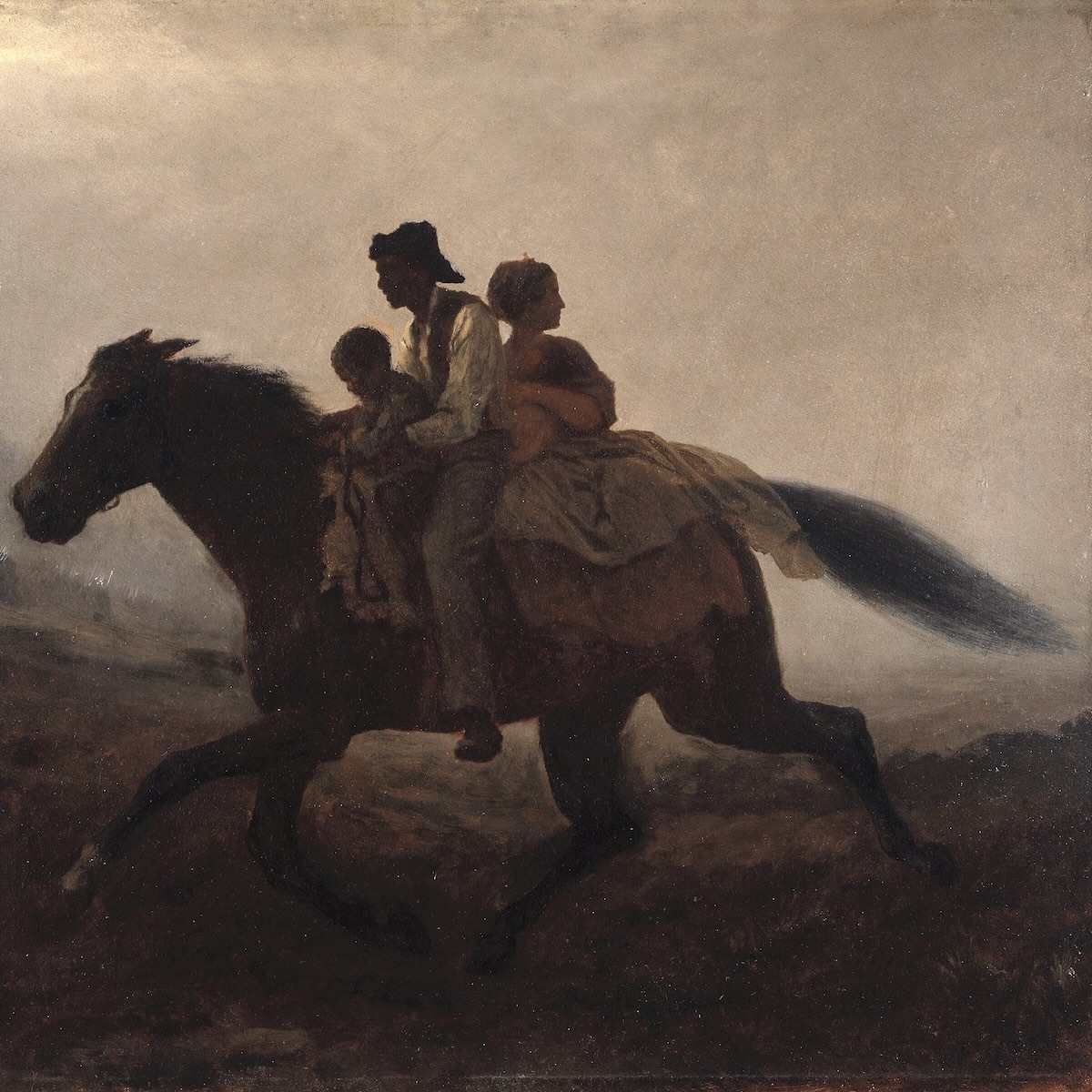
Uncle Tom’s Cabin
Harriet Beecher Stowe
Year
1852
1522
450
722
1670
1221
1247
1770
2183
2345
1389
1967
2358
1302
1483
2379
2688
2432
2330
2934
2093
667
1003
1006
942
651
1839
1080
2075
1066
1405
834
1170
992
1576
865
930
906
1488
1332
1002
925
879
1187
524
1446
Description
Step into the poignant and transformative world of Harriet Beecher Stowe's 'Uncle Tom's Cabin,' published in 1852. This seminal work, credited with galvanizing the abolitionist movement in the United States, offers a harrowing look into the lives of enslaved African Americans. Through the story of Uncle Tom, a dignified and compassionate slave, Stowe explores the cruelty and injustice of slavery in the American South. As Tom is sold from one owner to another, encountering kindness and cruelty in equal measure, Stowe weaves together the stories of other characters, such as the brave Eliza who escapes slavery to save her son, and the villainous Simon Legree. These narratives paint a vivid picture of the human capacity for both evil and good, and the complex moral dilemmas faced by those living under the shadow of slavery. Stowe's novel is both a moral outcry and a compelling piece of storytelling, blending realism with emotional depth. 'Uncle Tom's Cabin' challenges readers to confront the moral contradictions of slavery and its impact on both individuals and the fabric of society. It remains a powerful reminder of literature's ability to influence social change and a testament to the enduring fight for justice and equality. Embark on this essential journey through one of the most important novels in American literature, and experience the story that became a cornerstone in the fight against slavery and a catalyst for the Civil War. Please note: 'Uncle Tom's Cabin' was written in the context of its time and reflects the racial and gender attitudes prevalent in the mid-19th century. While it is celebrated for its role in highlighting the inhumanity of slavery and influencing the abolitionist movement, contemporary readers may encounter language and stereotypes that are considered outdated or offensive by today's standards. This work is presented in its original form to preserve its historical significance and to encourage critical discussion about its themes and impact on society.
